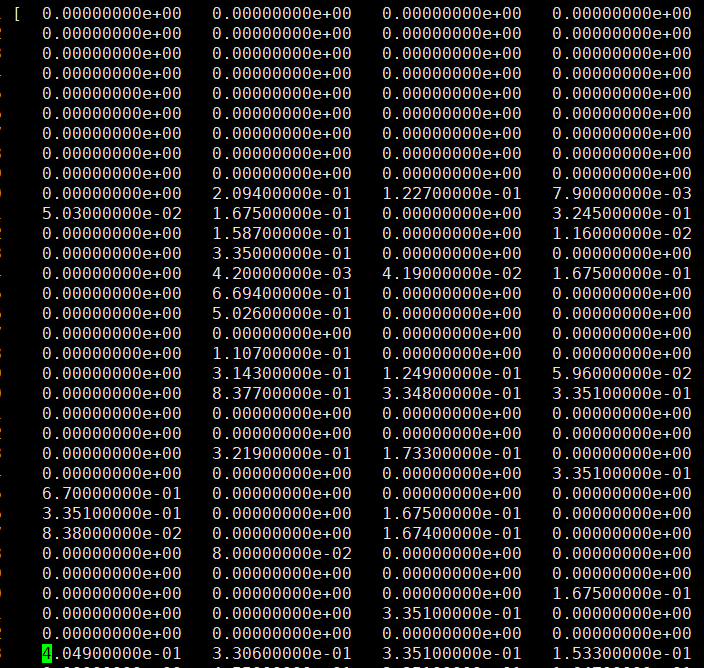1119
August 5, 2019, 1:33pm
1
I often use get_dos_by_material_id to get Dos information.
But I don’t know how to get total dos.
If I do this,
from pymatgen import MPRester
key = MPRester("my_API_key")
data = key.get_dos_by_material_id('mp-635471')
print(data)
Complete DOS for Full Formula (Ni3 Pt1)
Reduced Formula: Ni3Pt
abc : 3.648502 3.648502 3.648502
angles: 90.000000 90.000000 90.000000
Sites (4)
# SP a b c
--- ---- --- --- ---
0 Ni 0.5 0 0.5
1 Ni 0 …
m = MPRester(‘api_key’)
In the above, I can get the total dos data.
How do I get energy vs dos data?
shyamd
August 6, 2019, 2:44pm
2
What do you mean by energy data line? It sounds like you’re describing the band structure?
1119
August 9, 2019, 1:18am
3
generally, DOS data is composed by DOS with respect to energy, so we can check fermi energy, but when I use “tot_dos=sum(dos.densities.values())”, they only show density value, like this ( under image), so I want to know that ENMAX, ENMIN, and NEDOS.
shyamd
August 9, 2019, 3:53am
4
There is a energies property for dos objects. Please check the pymatgen documentation and ask follow on questions on the pymatgen discourse.
1 Like
